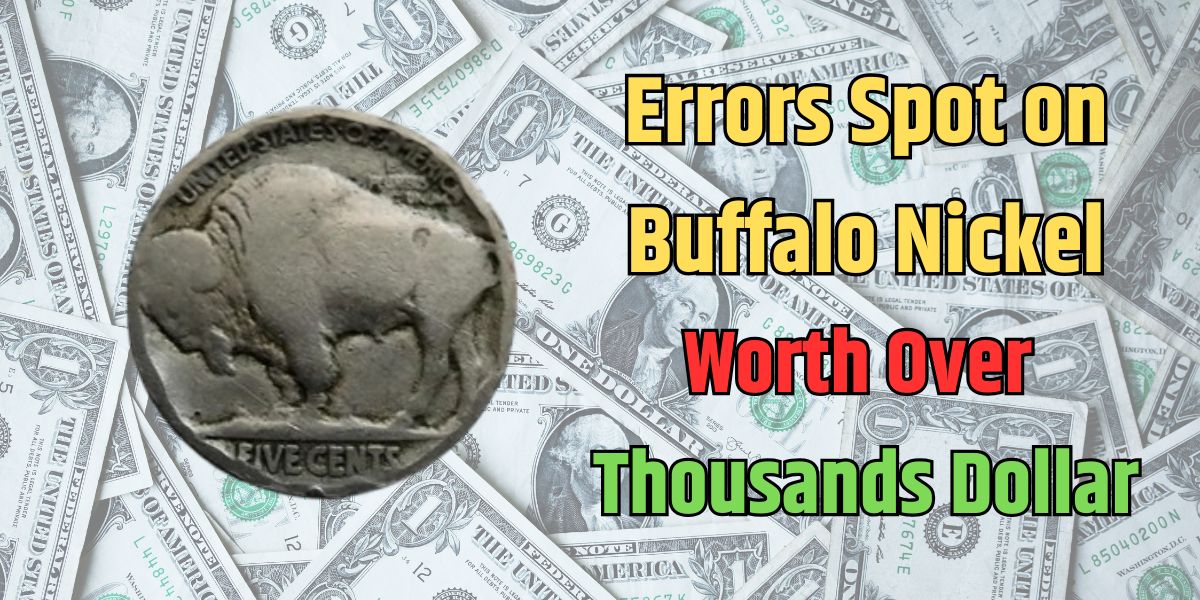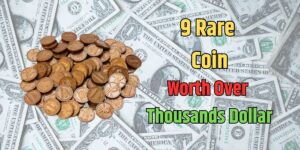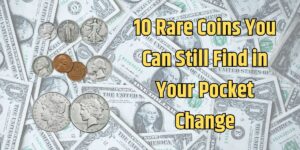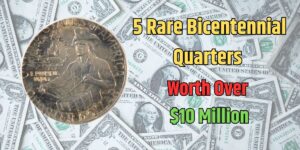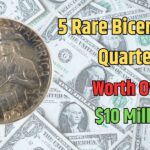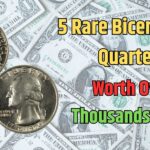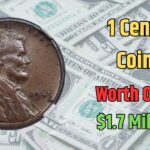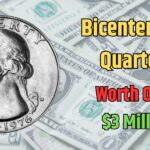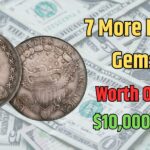Buffalo nickels, minted from 1913 to 1938, are among the most recognizable and cherished American coins. Known for their distinctive design featuring a Native American on the obverse and a buffalo on the reverse, these coins hold historical significance. While most Buffalo nickels are common, rare minting errors make some coins exceptionally valuable, with certain examples fetching thousands of dollars at auction. Here’s a detailed look at five sought-after Buffalo nickel errors, their unique features, and how collectors can identify them.
1. 1937-D Three-Legged Buffalo Nickel

The 1937-D “Three-Legged” Buffalo nickel is one of the most famous coin errors. This mistake occurred at the Denver Mint due to excessive die polishing, which removed one of the buffalo’s front legs, leaving it with only three visible legs.
- Value: $500–$1,950 in circulated condition; up to $110,000 for uncirculated examples.
- Identification Tip: Check the reverse side for the missing front leg of the buffalo. Look for the “D” mint mark under “FIVE CENTS” to confirm it was minted in Denver.
2. 1918/7-D Overdate Error

The 1918/7-D overdate Buffalo nickel resulted from an error where a “7” was mistakenly stamped beneath the “8” in the date. This overlapping of digits creates one of the rarest Buffalo nickel varieties.
- Value: $1,300 for circulated examples; up to $35,000 for high-grade specimens.
- Identification Tip: Use a magnifying glass to spot the faint “7” beneath the “8” on the coin’s obverse.
3. 1916 Doubled Die Obverse

In 1916, a doubled die error occurred on the obverse of some Buffalo nickels. This error shows a doubling of design elements, particularly in the date and letters.
- Value: $5,000 for worn examples; up to $50,000 for uncirculated coins.
- Identification Tip: Look closely at the obverse for noticeable doubling in the date and lettering. Professional verification is recommended for confirmation.
4. 1935 Doubled Die Reverse
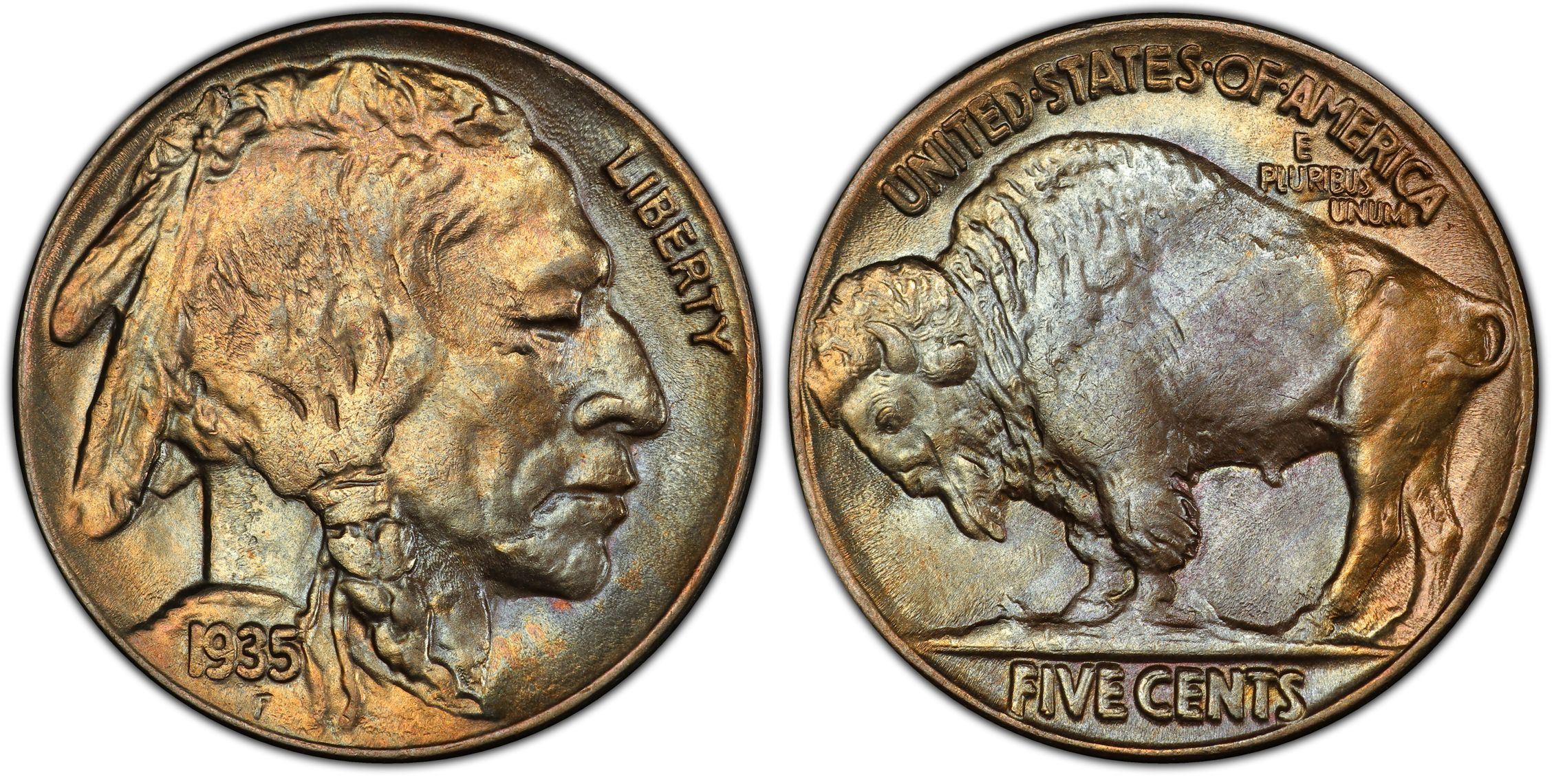
The 1935 doubled die error appears on the reverse side of the Buffalo nickel, creating a striking doubling effect, especially in the “FIVE CENTS” inscription at the bottom of the coin.
- Value: $75–$500 in circulated condition; up to $5,000 for high-grade pieces.
- Identification Tip: Examine the reverse inscription “FIVE CENTS” with a magnifying glass for signs of doubling or distortion.
5. 1914/3 Overdate Error

The 1914/3 overdate error resulted from using a 1913 die during the 1914 minting process. This mistake left a faint “3” underneath the “4” in the date.
- Value: $390 for coins in good condition; higher-grade examples can command much more.
- Identification Tip: Inspect the date for traces of the “3” behind the “4.” The clarity of this detail significantly impacts the coin’s value.
Overview of Key Errors and Values
| Error Type | Year | Mint Mark | Condition Value (Good) | High-Grade Value | Unique Feature |
|---|---|---|---|---|---|
| 3-Legged Buffalo Nickel | 1937 | D | $500–$1,950 | $110,000 | Missing front leg of the buffalo |
| 1918/7-D Overdate | 1918 | D | $1,300 | $35,000 | “7” visible beneath the “8” |
| 1916 Doubled Die Obverse | 1916 | – | $5,000 | $50,000 | Doubling on the obverse design |
| 1935 Doubled Die Reverse | 1935 | – | $75–$500 | $5,000 | Doubling on the reverse text |
| 1914/3 Overdate | 1914 | – | $390 | Varies | Faint “3” under the “4” in the date |
How to Identify and Verify Buffalo Nickel Errors
If you suspect you own a Buffalo nickel with one of these rare errors, follow these steps to authenticate and evaluate its value:
- Inspect with Magnification: Use a magnifying glass to examine the date, mint mark, and design details, as errors often appear subtle to the naked eye.
- Compare with Verified Examples: Look at online resources or numismatic references for photographs of known error coins.
- Consult a Professional Grader: Reputable services like PCGS or NGC can authenticate errors and assign a grade that impacts the coin’s value.
- Research Market Trends: Check recent auction results or dealer listings for comparable coins to understand current pricing.
FAQs
What causes Buffalo nickel errors?
Errors occur due to issues like die misalignment, over-polishing, or accidental use of incorrect dies during the minting process.
Are all Buffalo nickel errors valuable?
No, only significant errors like the 1937-D Three-Legged Buffalo or 1918/7-D Overdate command high prices. Lesser-known errors may have modest value.
How can I confirm a Buffalo nickel error without professional help?
Use a magnifying glass to inspect details such as the date, letters, and buffalo design. Online resources can also help you compare your coin to verified examples.
Where can I sell valuable Buffalo nickels?
Auction houses, reputable coin dealers, and certified online marketplaces are ideal for selling rare coins, as they attract serious collectors.
Do Buffalo nickels need to be in perfect condition to be valuable?
Not always. While higher grades fetch better prices, even worn examples of significant errors can hold substantial value.
